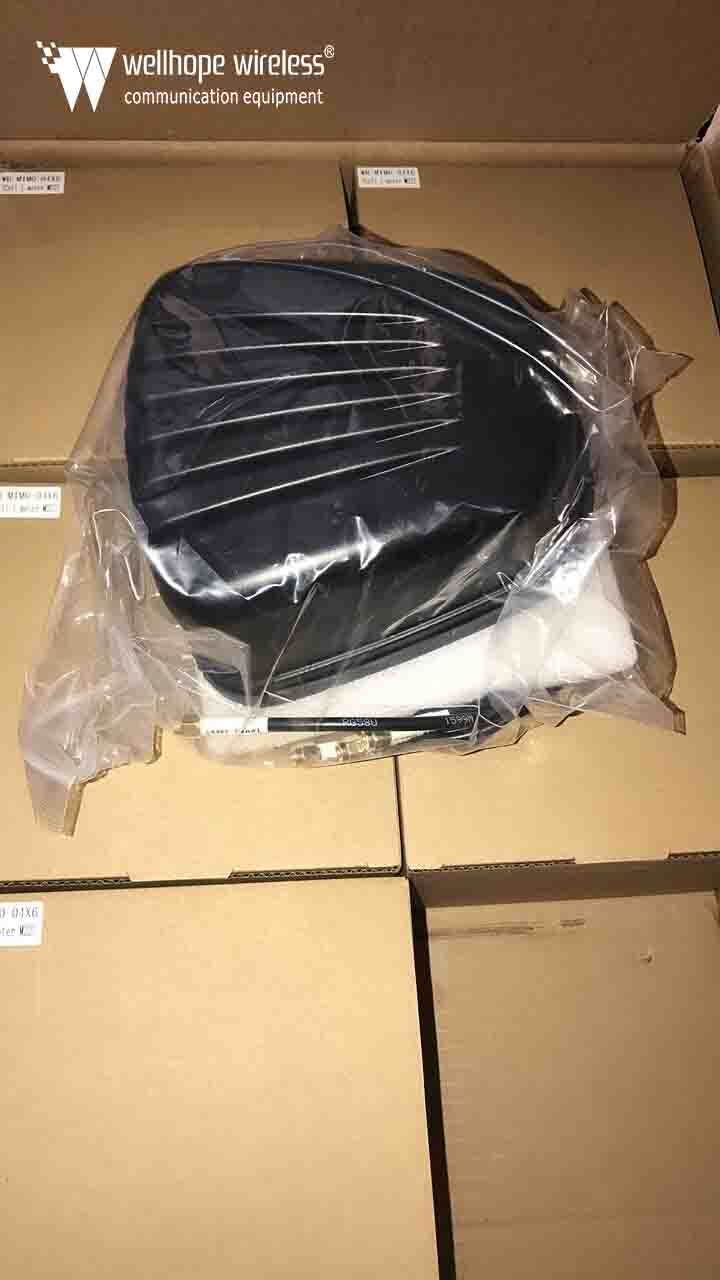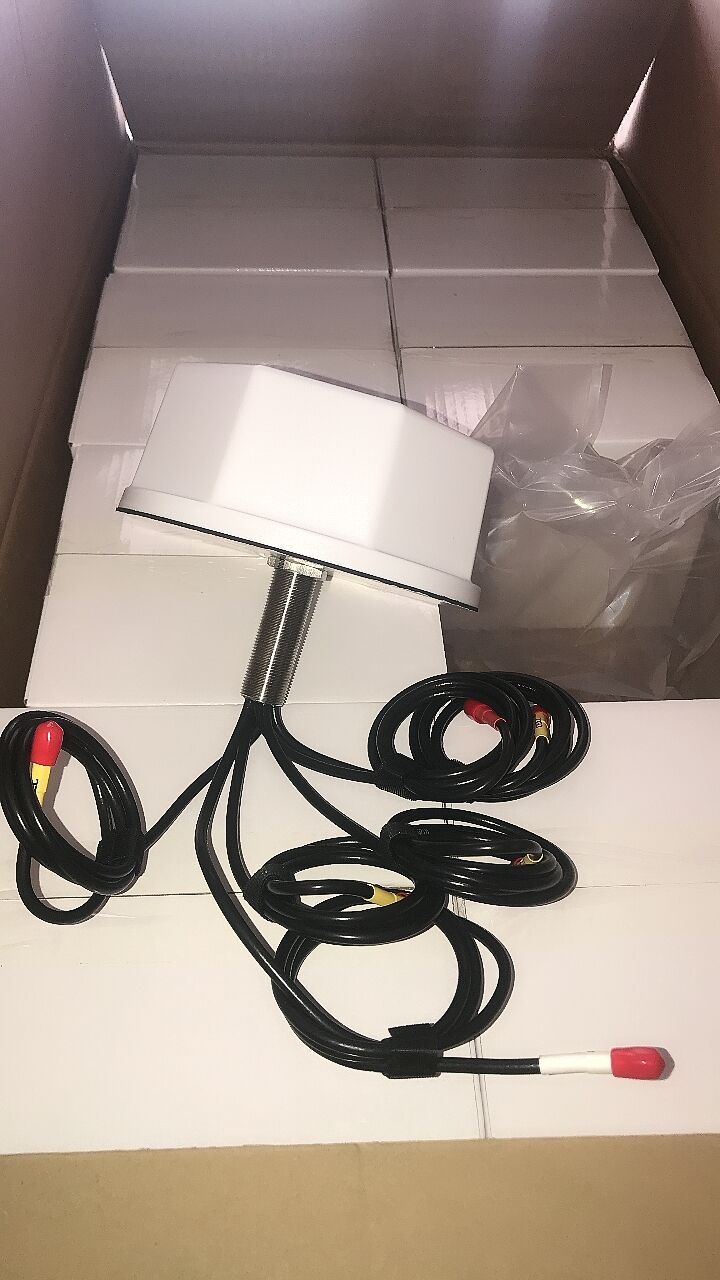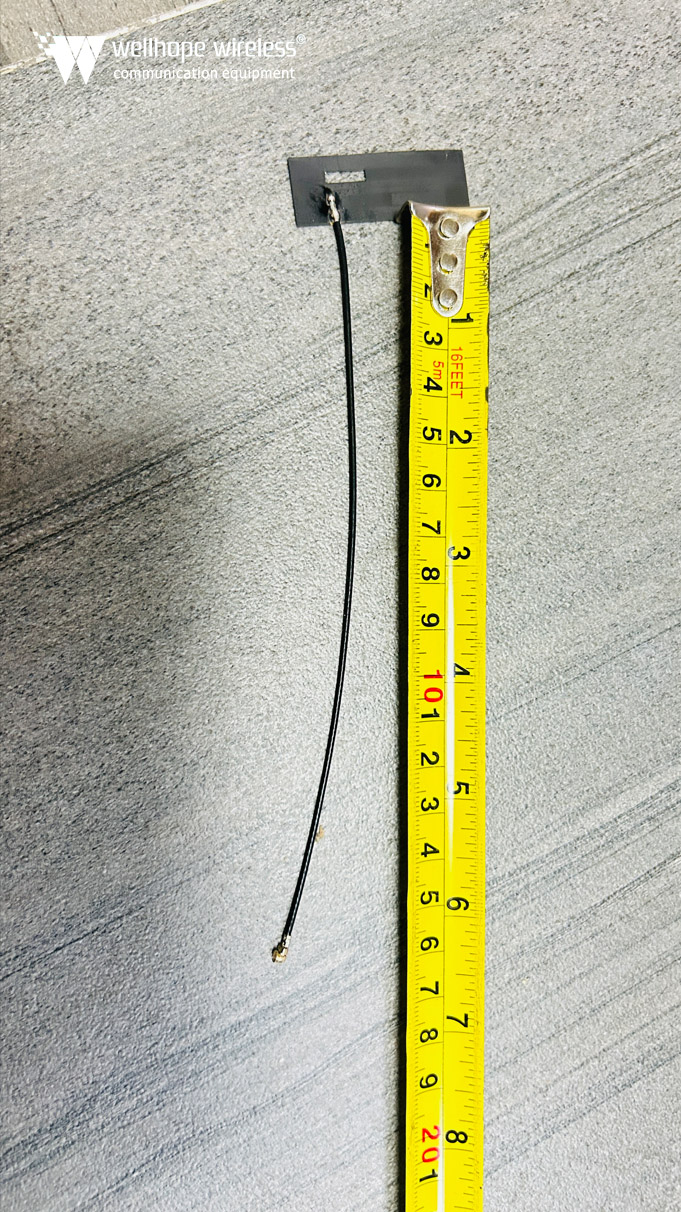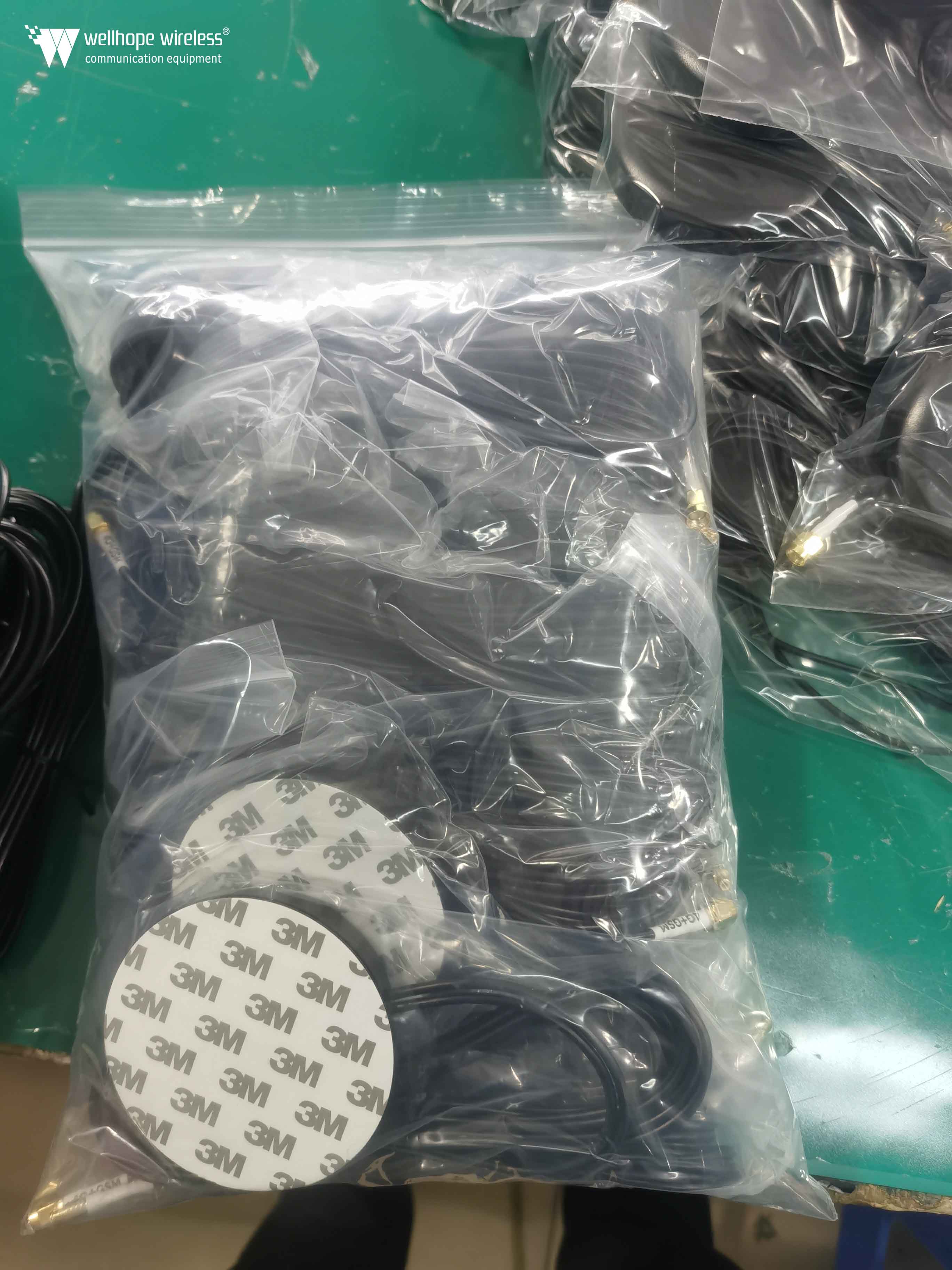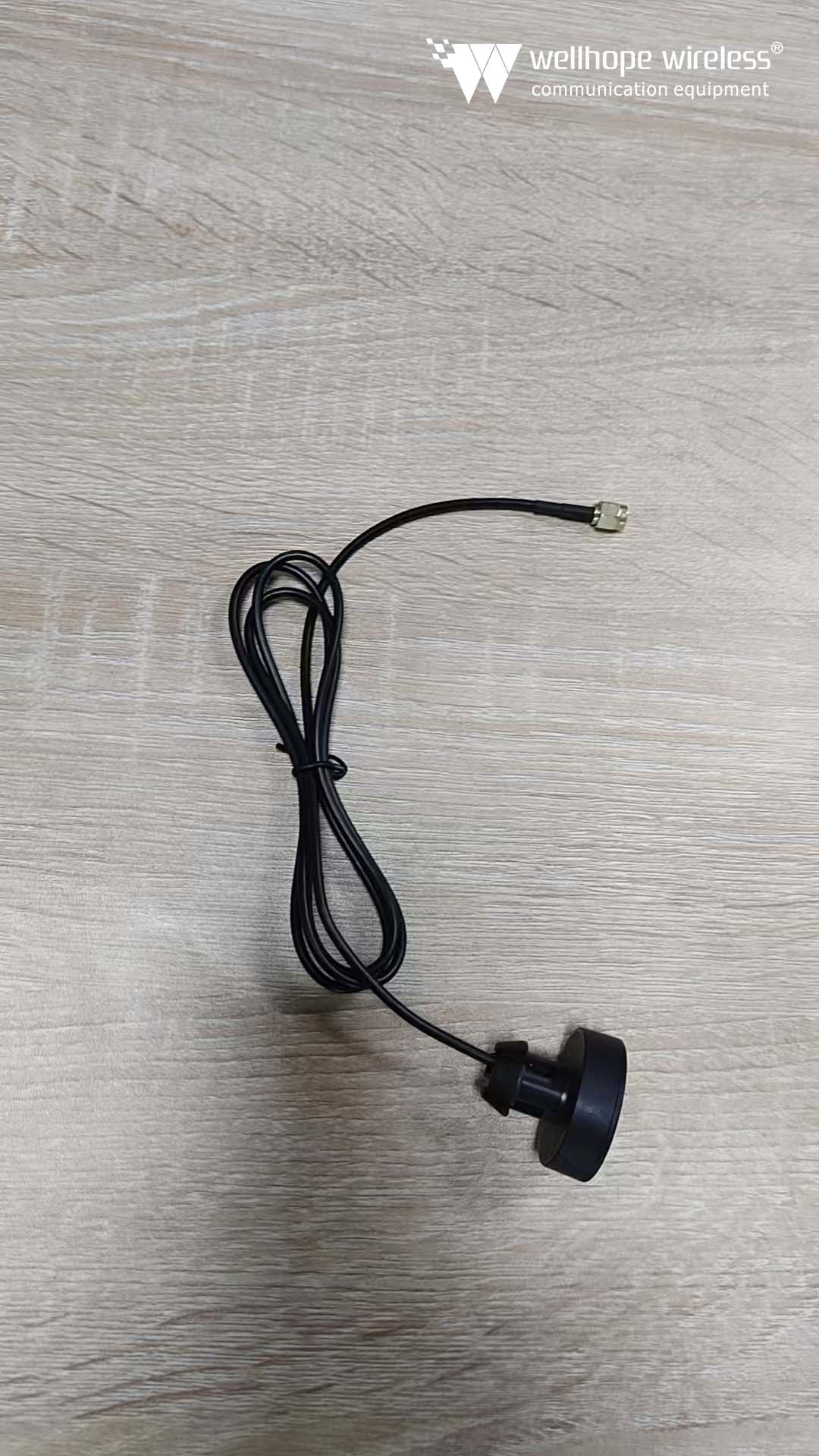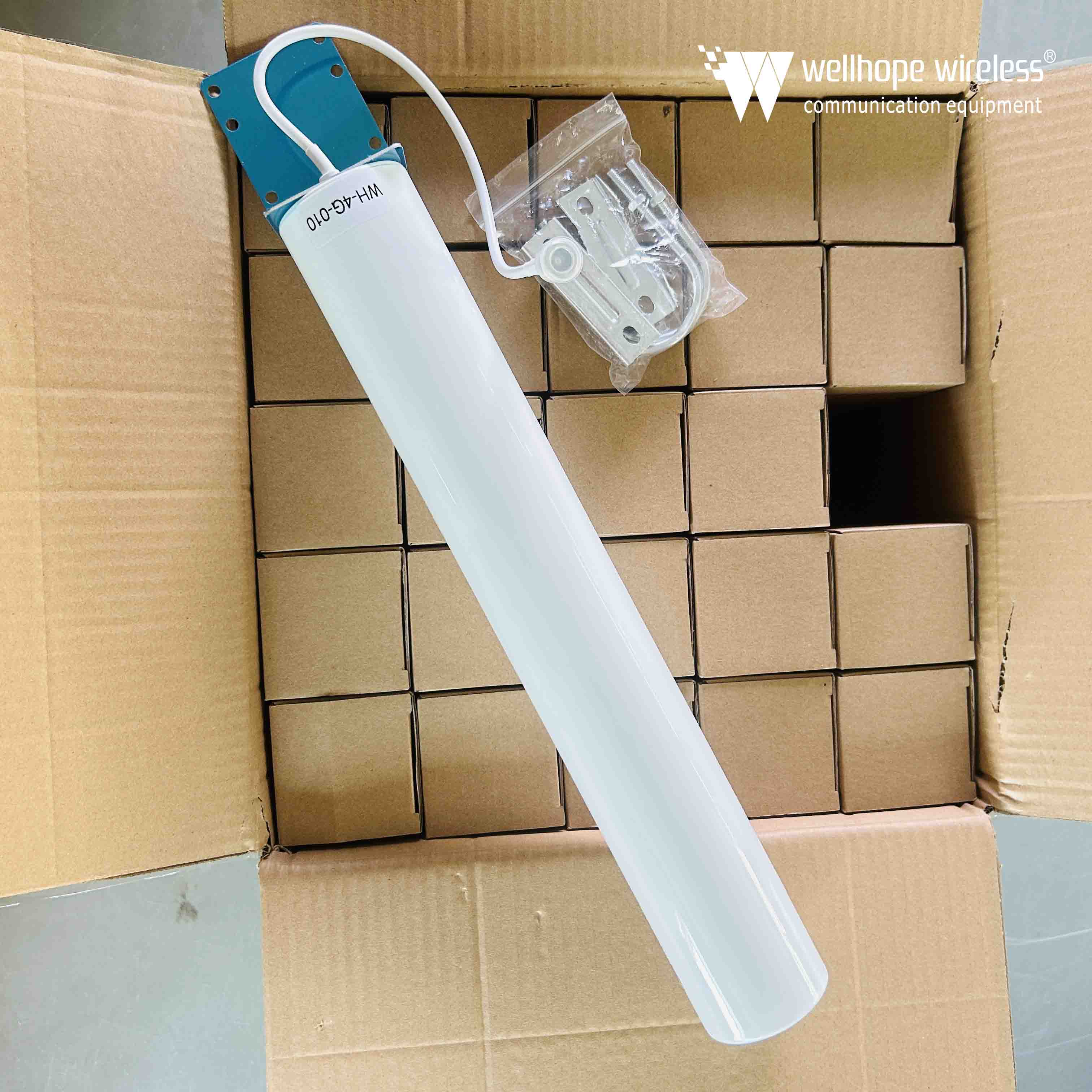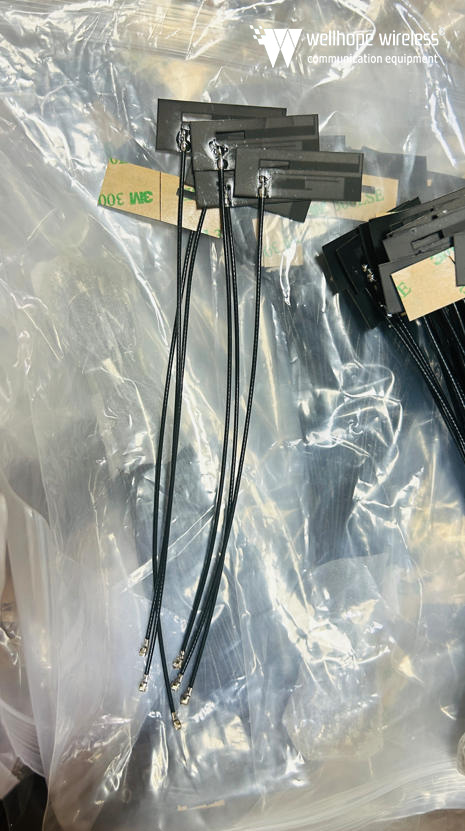Driving into the future - All-in-one
antenna brings more reliable and efficient connectivity to Robotaxi
Estimated 15minutes to finish reading
In today's world, autonomous driving technology is evolving and its applications are expanding rapidly, and Robotaxi (self-driving cabs) is one of the high-profile areas that are revolutionizing urban mobility. But to make Robotaxi feasible and safe, it must rely on a variety of advanced technologies. whwireless all-in-one vehicle antennas play a key role in ensuring the reliability and efficiency of communication, navigation and sensor applications.
Background
Robotaxi, or self-driving cabs, represent a revolutionary application of self-driving technology in urban mobility. They mark a major turning point in the future of mobility, freeing people from traditional cab services and enabling fully automated, efficient and environmentally friendly urban mobility solutions.
Robotaxi refers to cabs equipped with self-driving technology that do not require a human driver to take control and instead rely on advanced sensors, artificial intelligence and computer vision systems to sense and navigate urban roads. Passengers can book a Robotaxi through a mobile app or other means and hail a vehicle when needed. Once the vehicle arrives, passengers can take a ride and the vehicle will then automatically and safely transport them to their destination.
Pilot projects for the Robotaxi service have begun rolling out in Shanghai, Guangzhou, Shenzhen, Suzhou and Wuhan, working to commercialize the self-driving technology. These pilot projects have helped to validate the feasibility of the technology and gained valuable experience for future development. The introduction of Robotaxi will have a profound impact on urban transportation and mobility. They are expected to reduce traffic congestion, reduce traffic accidents, and improve the efficiency and sustainability of travel. At the same time, Robotaxi has the potential to improve urban air quality, reduce transportation emissions and make cities more livable. In addition, this technology can expand travel options, improve the efficiency of public transportation systems, and reduce reliance on personal vehicles.
As an autonomous driving technology,
Robotaxi's reliance on 5G, WiFi, and GNSS (Global Navigation Satellite System)
is critical. 5G networks provide high-speed, low-latency communications that
enable Robotaxi to exchange data in real time with central control systems,
other vehicles, and infrastructure to ensure safe and efficient autonomous
driving operations; WiFi connectivity expands communication options, enabling
the vehicle to connect to local networks and cloud services to support
real-time map updates, software upgrades, and vehicle diagnostics; and GNSS
technology provides high-precision positioning and navigation information to
help Robotaxi accurately determine its location, plan routes, and perform
precise autonomous driving operations to ensure safe and smooth travel for
passengers. The convergence of these three technologies provides Robotaxi with
a reliable infrastructure that makes it a viable self-driving solution.
Existing connectivity solutions and issues
Current Robotaxi is mainly realized by retrofitting conventional vehicles, most of which do not have advanced Advanced Driver Assistance Systems (ADAS) or autonomous driving technologies, which means that extensive technological retrofitting is required before they can be transformed into Robotaxi. The retrofitting process is not only expensive but also complex as the vehicles need to be retrofitted with a variety of sensors and antennas, including 5G antennas, WiFi antennas, GNSS antennas, LIDAR, and more.
Such modifications not only increase manufacturing costs, but also introduce a series of technical challenges:
1. signal interference:
Currently, autonomous driving technology requires considerable signal quality and bandwidth, so multiple-input multiple-output (MIMO) technology is widely used. However, there are some limitations in using traditional antenna configurations to build MIMO scenarios, especially in the limited space on the roof of the vehicle. Mutual interference between antennas in conventional configurations may negatively affect the communication and navigation performance (it is usually required to keep the minimum distance between antennas above 50-80 cm to avoid interference). In addition, as the number of antennas increases, maintenance and management become more complex, which leads to higher operating costs and increased vehicle downtime.
2. Insufficient space:
Conventional antennas usually require separate physical spaces for installation, which means that several different holes must be opened in the roof and body of the vehicle with their respective cable connections. Such an operation not only requires a significant amount of roof space, but also encroaches on some of the vehicle's interior space. Robotaxi's design usually focuses on space utilization, as to accommodate multiple passengers and ensure comfort, conventional solutions may compress passenger seating and luggage space.
3. Appearance and aerodynamics:
A large number of conventional antennas may change the appearance of the vehicle, spoiling its aesthetics, and may increase air resistance at high speeds, leading to increased energy consumption. This is inconsistent with Robotaxi's design goals, as they are often intended to provide efficient urban mobility solutions.
4. complexity and maintenance costs:
Installing and maintaining multiple individual conventional antennas may increase the complexity and maintenance costs of the vehicle. This is detrimental to Robotaxi's operations, as it needs to reduce operating costs and maintenance time to ensure its long-term operation and maintenance.
5. Vehicle Value and Cost:
The installation of a conventional antenna requires a large number of holes, which can cause permanent damage to the bodywork, which in turn adversely affects the value of the vehicle and its second-hand sales price. Additionally, purchasing different models of conventional antennas and assembling them yourself wastes time and does not allow for economically efficient operation.
All-in-One Vehicle Antenna Solution
The All-in-One Vehicle Antenna Solution is designed to solve these problems by integrating multiple antennas with different frequency bands and functions, allowing for more efficient use of space, improved aesthetics, reduced signal interference, and simplified vehicle maintenance. By integrating multiple functions, the All-in-One Antenna helps to improve the performance and reliability of the Robotaxi while reducing operating costs, making the All-in-One Antenna an indispensable technological component of the Robotaxi.
The All-in-One Vehicle Antenna solution
provides a comprehensive public safety transportation network interconnection
and enhancement solution integrated into a compact housing. It supports full
coverage of GNSS signals, WIFI signals, 5G LTE signals, and broadcast TV
signals, with the ability for future expansion.
Specific features include:
● 8x8 MiMo 4G/5G antennas covering a wide range of frequencies (617-960/1710-6000MHz)
● Up to 8x8 MiMo WiFi6E antennas covering
2.4/5.0/7.1GHz bands
● Up to 4 optional GPS/GNSS antennas with
excellent 26dB gain
Supports external VHF, UHF and other
additional antennas.
The all-in-one car antenna solution is not
only comprehensive, but also has the following advantages:
● Aesthetically pleasing shark fin/dome
appearance
● Simple single-hole mounting reduces
vehicle damage, installation time and costs, while protecting the resale value
of the vehicle
● High performance with excellent isolation
and correlation coefficients
● IP69K and IK10 compliant with robust
public safety rated design
UN ECE R118.03 compliance
In addition, the all-in-one vehicle antenna solution offers a variety of mounting and location options to suit different
vehicle models and applications, ensuring optimal connectivity and signal
quality. This versatile antenna is suitable for a wide range of applications,
including public safety (whether for public display or covert installation),
industry and transportation. In these applications, cost-effective, efficient
and robust antennas are critical, and the whwireless all-in-one vehicle antenna
solution is designed to meet these needs.
Conclusion
In Robotaxi's autonomous driving revolution, the all-in-one vehicle antenna is undoubtedly one of the key technologies that ensures reliability and efficiency in communication, navigation and sensor performance, and the continuous evolution of this technology will bring more innovation and convenience to the future of intelligent transportation systems and urban mobility.
Whwireless vehicle integrated antenna
technology brings significant changes to Robotaxi industry compared to
traditional antennas, it integrates several key functions including
communication, navigation and other technologies, solves the problems brought
by traditional antennas and has the following advantages:
1.Space optimization:
The vehicle integrated antenna integrates
multiple functions into one compact antenna unit, improving space utilization.
2.Appearance and aerodynamics:
This technology provides an aesthetically
pleasing design and reduces interference with vehicle appearance and
aerodynamic performance.
3. signal quality:
All-in-one antenna technology reduces
signal interference and improves communication and navigation performance.
4. Simplified Maintenance:
By reducing the number of components, it
reduces the complexity of maintenance and management and lowers operating
costs.
Overall, the vehicle integrated antenna technology in Robotaxi industry application provides reliable communication and navigation performance for self-driving cabs, and at the same time reduces the vehicle manufacturing cost and maintenance cost, reduces the installation and commissioning time, and brings more time and cost benefits for related manufacturers.


















 News
News
